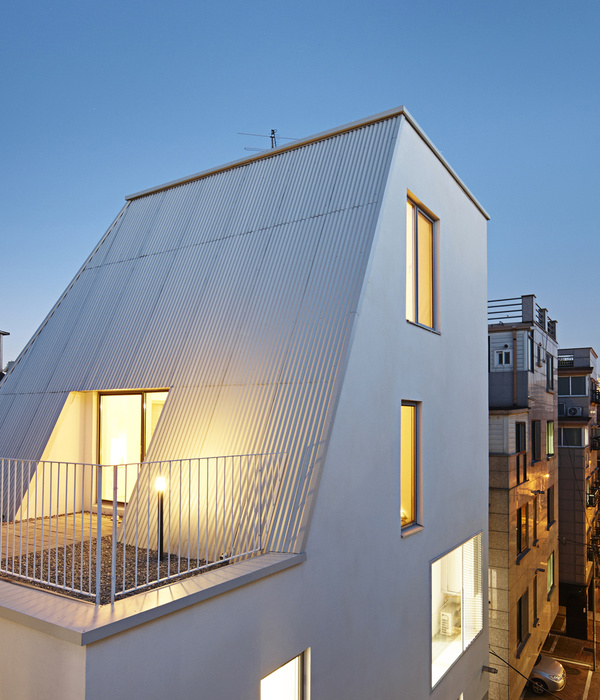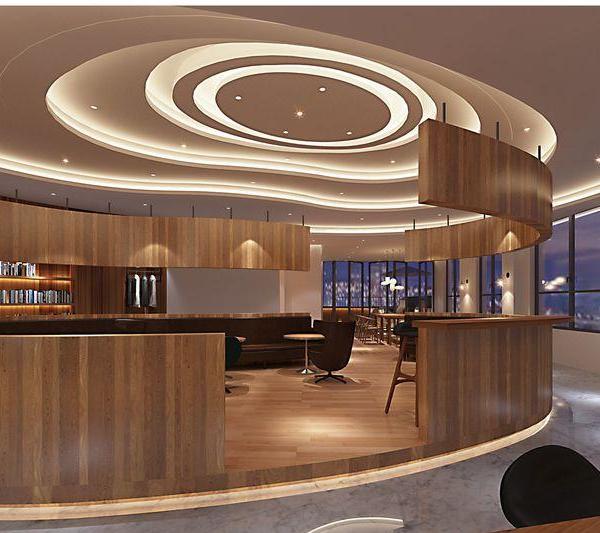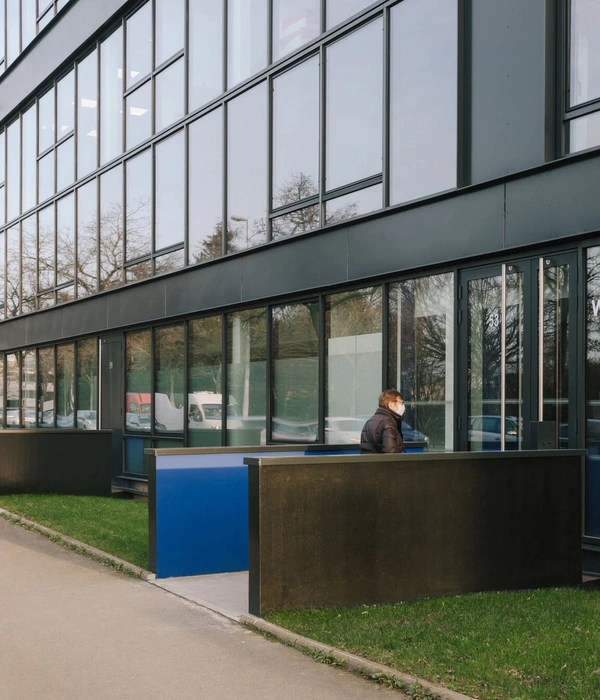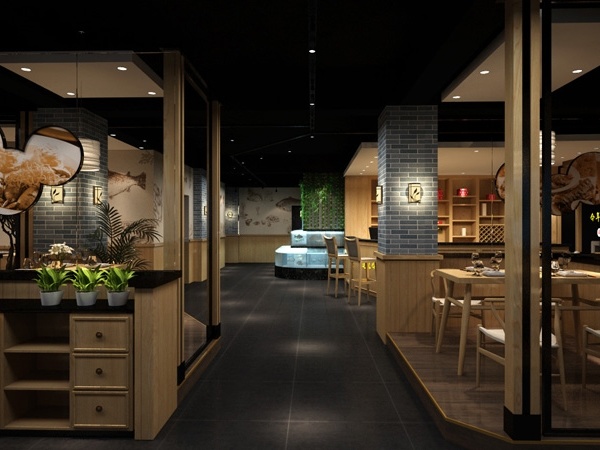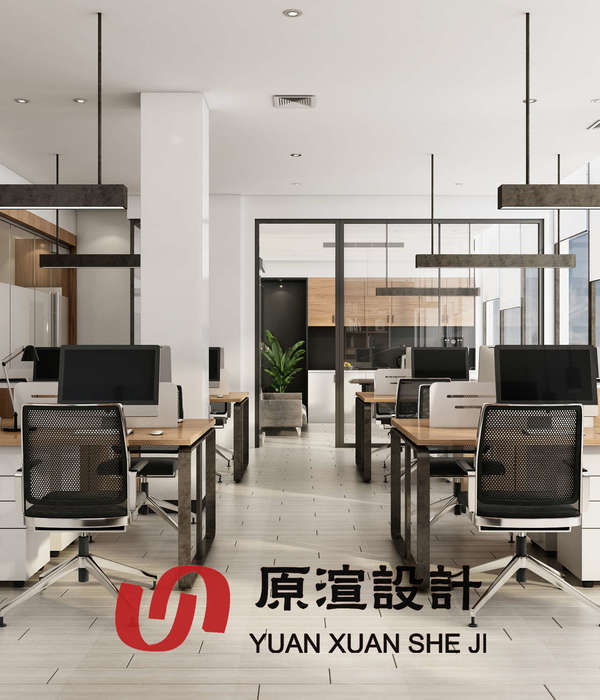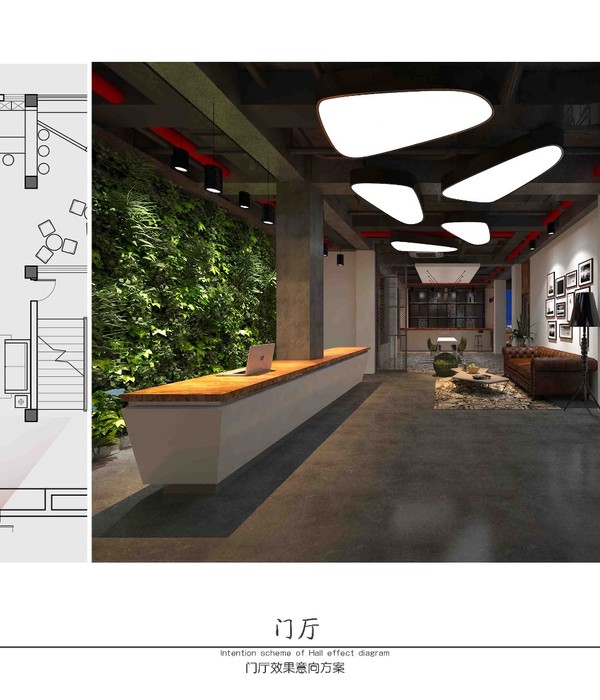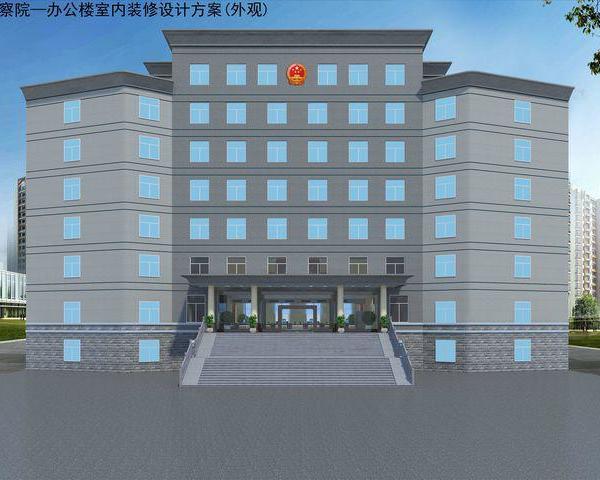本项目位于慕尼黑中心车站附近,是一个加建在一座四层建筑屋顶之上的住宅空间。现存建筑的基础建于20世纪80年代,承载力十分有限,因此即使是这种尺度下的简单扩建也极为困难。所以本项目的建筑师必须先用更加轻质的结构来取代原建筑四层上的钢筋混凝土楼板结构,再向上加建。最终,设计团队选择了大型木结构作为本项目的新结构,并在木结构之外增加了钢覆层。该木结构共包含两个新楼层和一个夹层空间,创建出三个独立的生活单元。
R11 is a roof extension to a four storey building in the Munich inner city near the central station. The foundations of the existing 1980s building had limited carrying capacity and did not allow for a simple extension of this size. Instead, it was first necessary to demolish the reinforced concrete structure on the fourth floor before extending upwards with a more lightweight construction. The new structure of massive timber, clad in steel encloses two new floors and a mezzanine gallery. In total, three separate living units have been created.
▼加建住宅外观,exterior view of the extension
加建部分的外立面在视觉上将室内外空间编织在了一起。交替出现的凸窗为住户提供了一系列安全舒适的室内空间和室外露台,以供他们欣赏城市的全景。这些凹凸变化的形体在两层空间上交替出现,顶层空间的部分凸窗不设露台,而现有的露台空间则通过顺势变化的窗户被整合到了整个建筑体量之中。同时,这种显眼的动态感和有机的造型也巧妙地隐藏了铺设在下层空间承重墙之上的网格框架。
加建部分的北立面则延续原建筑的立面形式。通过简单的水平屋檐将自身融入进周边同样建于80年代的建筑环境之中。值得一提的是,这一侧的天窗能够将北向的阳光引入室内空间,这些阳光与南侧的直射光在空间的中心位置相遇和碰撞,创造出一个令人满意且不断变化的光环境。
▼加建住宅外观,交替出现的凸窗为住户提供了一系列安全舒适的室内空间和室外露台,exterior view of the extension, the facade is an alternation of bay windows providing panoramic views over the city and sheltered terrace spaces
On the outside the facade of the building appears to weave the inside and outside spaces together. The facade is an alternation of bay windows providing panoramic views over the city and sheltered terrace spaces. These protrusions and recesses are shifted on alternate floors, partially enclosing the spaces from above. Bands of widening and tapering windows incorporate the terraces into the overall body of the building. The apparent dynamic and organic form belies a rational grid laid over the load bearing walls of the building below.
The north facade takes its cues directly from the even window spacing of the original facade. With simple horizontal eaves it so binds itself into the context of the neighbouring houses, which similarly originate from the 80s. Roof windows on this side provide diffuse northern light, which meets with the direct sunlight from the south windows in the centre of the plan, providing satisfying and ever changing lighting situations.
▼加建住宅外观局部仰视,凹凸变化的形体在两层空间上交替出现,looking up the partial facade of the extension, the protrusions and recesses are shifted on alternate floors
内部空间的构成好似一个流动的雕塑,所有的功能空间都被整合在一起,形成了一系列相互联系的室内外空间。一条东西向的走廊将上层空间联系在了一起,在竖直和建筑长边方向上形成了环形的交通流线。考虑到结构的限制,为了创造更好的光环境和空间布局,建筑师对三维空间进行了彻底的分析,致力于形成一系列均匀且动态的空间。整体空间的流动性也表现在材料的选择上,从浅褐色的木材到灰色的钢材和混凝土,自然色调柔和的渐变过程创造出动态的感官体验。这些材料又与黑白两色的框架和室内装置形成了鲜明的对比。值得一提的是,上层空间所使用的木材未经加工,这也是本项目的特点之一,但要求建筑师格外注意防火细节,并与消防工程师进行密切的讨论和合作。
▼木结构的室内空间局部,partial interior view of the house made of the new structure of massive timber
The interior space is designed as a flowing sculpture binding all functions together in a series of interlocking interior and exterior spaces. The upper floors are connected by an east-west gallery allowing for circular movement in the vertical as well as the horizontal along the whole length of the building. A thorough three-dimensional analysis was carried out to explore the different possibilities in terms of light distribution, spatial organization and structural constraints, aiming to achieve a uniform yet dynamic space. The flowing character that distinguishes the whole design is also featured in the choice of materials, which provide a gentle color gradation in a natural palette from the light brown of wood to the greys of the steel and concrete. This is contrasted by the black and white tones of the frames and installations. The timber of the upper floors has been left unclad, a feature which required careful attention to the fireproofing details and intensive dis-cussion with the fire engineer.
▼下层空间局部,partial interior view of the lower level
▼从上层的走廊看下层的起居室空间,viewing the living room on the lower level from the corridor on the upper level
▼下层的起居室空间,材料从浅褐色的木材过渡到灰色的混凝土,the living room on the lower level, the materials provide a gentle color gradation in a natural palette from the light brown of wood to the grey of the concrete
▼下层室内空间,大片的玻璃将室内空间与室外露台在视觉上联系在了一起,partial interior space on the lower level, large windows connect the interior space and outdoor terraces visually
▼下层室内空间,白墙与木饰面形成鲜明的对比,partial interior view of the lower level, white walls contrast with the wood veneer
▼设有中岛的厨房空间,the kitchen with the island
▼室内局部,设有天窗和夹层空间,partial interior view with skylights and the mezzanine space
▼卧室,黑色构件与木饰面形成对比,the bedroom, the black frames contrast with the wood veneer
▼总平面图,site plan
▼加建部分下层平面图,lower floor plan of the extension
▼加建部分上平面图,upper floor plan of the extension
▼剖面图A,section A
▼剖面图B,section B
Project name: Roof extension Maxvorstadt_R11 Architecture Firm: POOL LEBER ARCHITEKTEN Completion Year: 2018 Gross Built Area: 800 sqm Project location: Munich, Germany Photo credits: Brigida González Design Team: Isabella Leber, Martin Pool, Johannes Sailer, Valeria Polakovicova
{{item.text_origin}}


